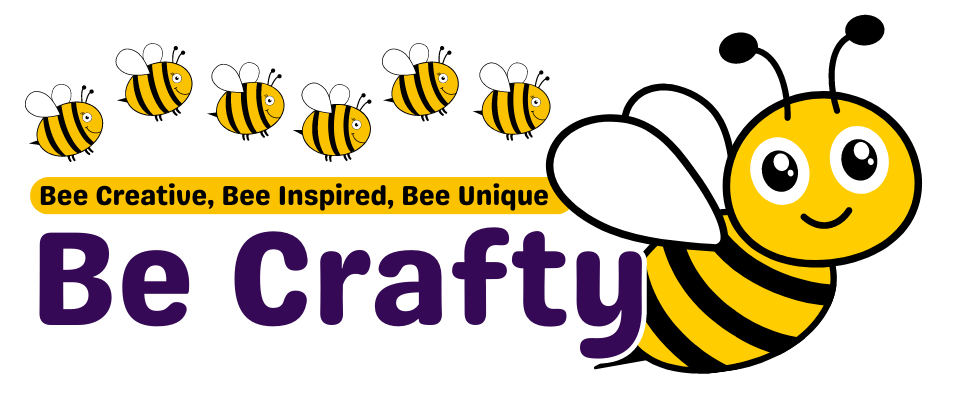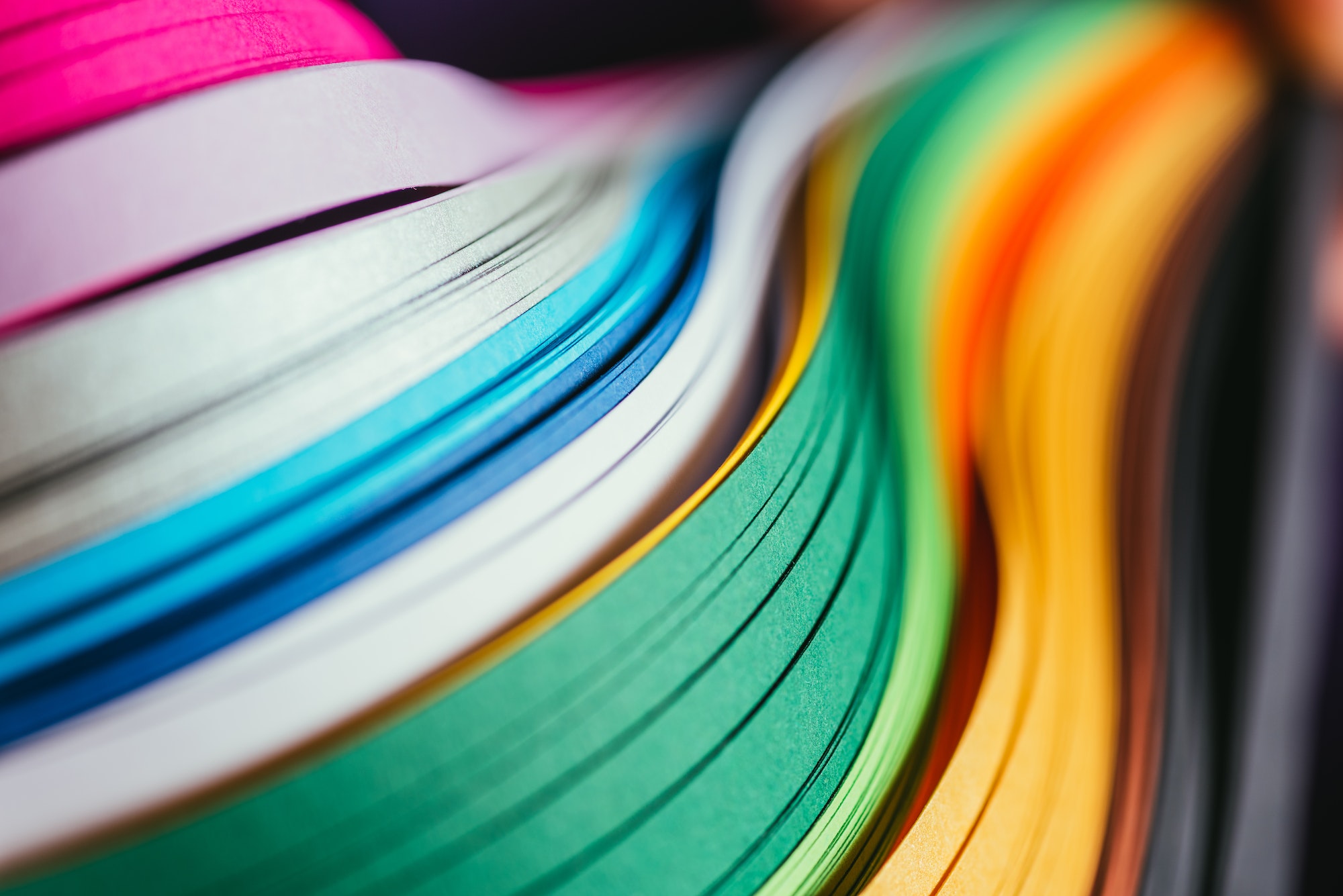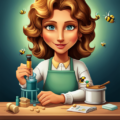Quilling, also known as paper filigree, is a form of art that involves the use of strips of paper that are rolled, shaped, and glued together to create decorative designs. The paper is wound around a quill to create a basic coil shape. Once the coil is formed, it is pinched into shapes to create various designs. These shapes can then be arranged to create all sorts of intricate and beautiful patterns.
Basic Quilling Techniques
The first step in quilling is to understand the basic shapes and techniques involved. Here are some of the most common ones:
- Loose Coil: This is the fundamental shape in quilling. It involves wrapping a strip of paper around a quilling tool until you have a tight coil. The coil is then released and allowed to expand before being glued at the end.
- Tight Coil: This is similar to the loose coil, but the coil isn’t allowed to expand after being released from the tool. It’s glued while still tightly coiled.
- Teardrop: Start with a loose coil and pinch one end between your fingers to create a teardrop shape.
- Marquise or Eye: Again start with a loose coil, but this time pinch both ends to form an eye shape.
- Square: Begin with a marquise shape and then fold it in half to form two smaller marquises. Pinch the corners to get a square.
- Triangle: Start with a tight coil, pinch it into a teardrop shape and then pinch another corner to form a triangle.
Basic Quilling Tools
To get started with quilling, you’ll need some basic tools:
- Quilling Tool or Needle: This tool has a slotted end that you can slide the edge of your paper strip into, making it easier to roll up.
- Quilling Paper Strips: These are long, thin strips of paper used for rolling into coils and shapes.
- Glue: A good quality craft glue is essential for sticking your shapes together.
- Tweezers: Useful for handling small pieces or doing intricate work.
- Workboard: A foam board or cork board can be helpful for arranging your shapes before you glue them down.
Quilling Patterns for Intricate Paper Art
Once you’ve mastered some basic shapes and techniques, you can start combining them to create intricate designs and patterns. You can follow pre-made patterns or let your creativity run wild and design your own.
Some popular quilling patterns include flowers, animals, letters, and abstract designs. You can also incorporate other elements like beads or sequins into your designs for added texture and interest.
Remember that practice makes perfect – don’t be discouraged if your first few attempts don’t turn out exactly as you’d like. With patience and persistence, you’ll soon be creating stunning quilled artwork that you can be proud of!
Whether you’re new to quilling or looking to refine your skills, these basic techniques, tools, and patterns provide a great foundation for exploring this beautiful art form further. Happy quilling!



